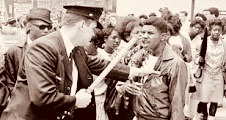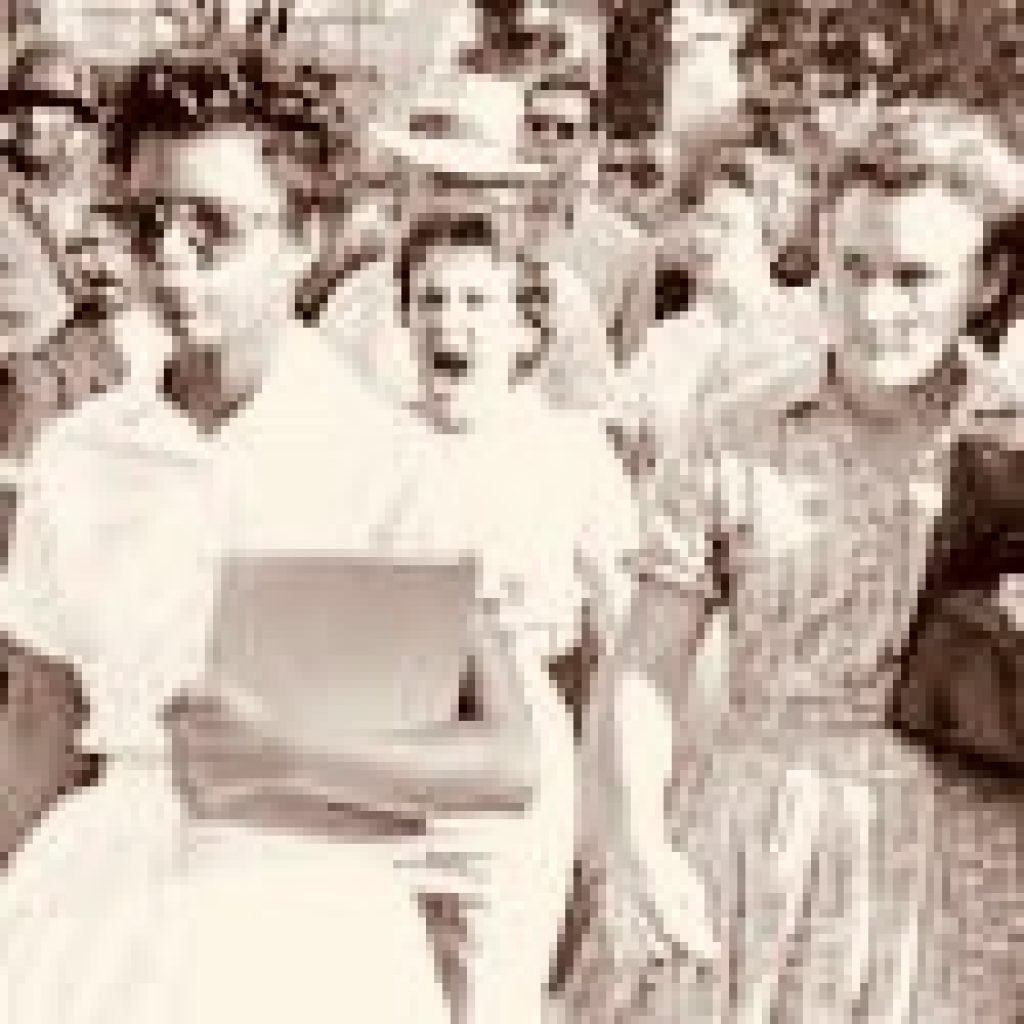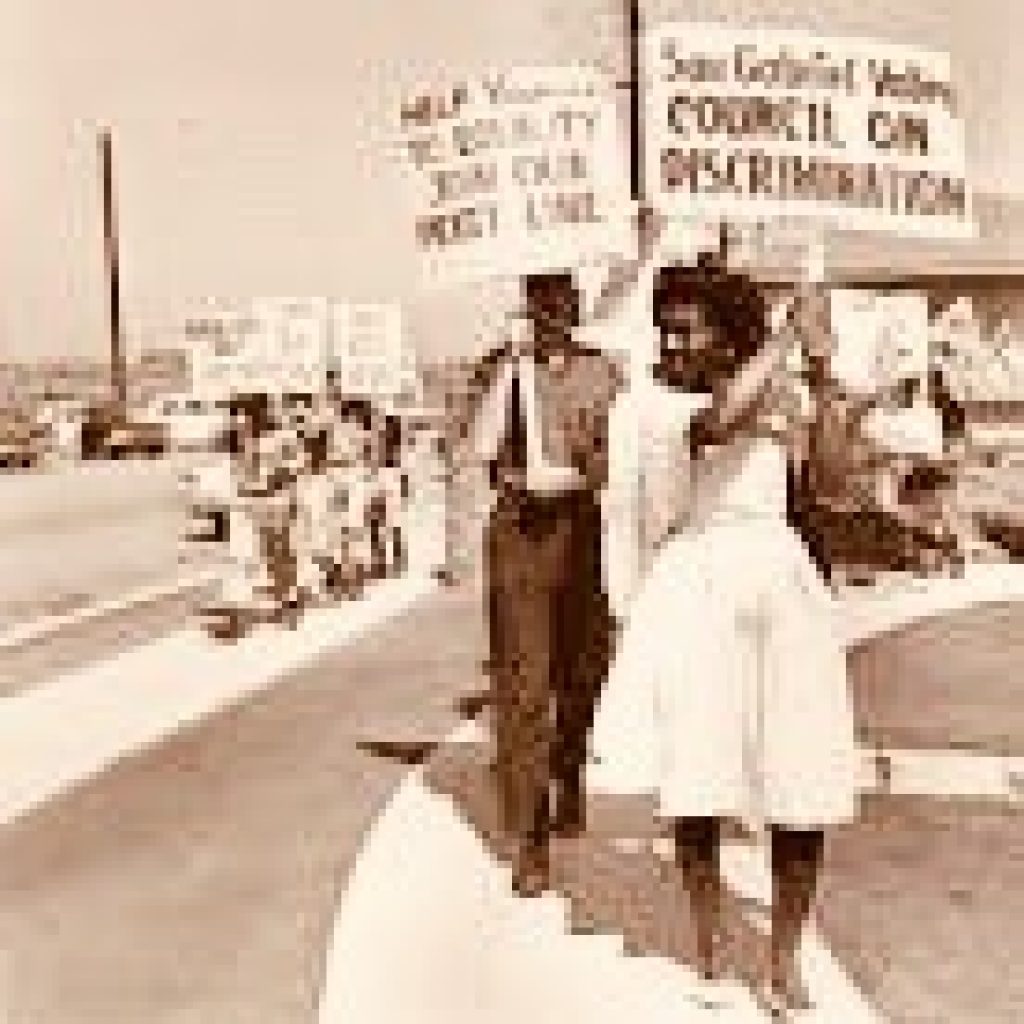The 1964 Civil Rights Bill Explained in 8 Minutes

The Civl Rights Movement by PBS.org

The Civil Rights Movement that began in the late 1950’s won for African-Americans basic rights long denied to them, inspired other discriminated groups to fight for their own rights, and had a deep effect on American society.
After the Civil War, the 13th, 14th, and 15th amendments to the Constitution were supposed to guarantee equal rights for African-Americans. But in the South, segregation of the races, the denial of opportunities to African-American, and their disenfranchisement continued in a system known as “Jim Crow laws.” In 1896, in a controversial decision, the United States Supreme Court in the case Plessy v. Ferguson upheld the “separate, but equal” facilities for the races.
During World War II, some progress was made as President Roosevelt outlawed discrimination in the defense industry. Moreover, as the country fought for freedom around the world, many African-Americans began to wonder why they did not enjoy those freedoms at home. In 1954, a series of landmark cases testing segregation that were pressed by the National Association for the Advancement of Colored People (NAACP) culminated in the Supreme Court’s ruling in the Brown v. Board of Education case, which unanimously outlawed segregation of public schools.
On December 1, 1955, the modern civil rights movement began when Rosa Parks, an African-American woman, was arrested for refusing to move to the back of the bus in Montgomery, Alabama. A new minister in town, Martin Luther King, Jr., organized a bus boycott by the community, which eventually led to the desegregation of the bus line and launched protests across the South. In 1960, spontaneous sit-ins by students began at lunch counters throughout the South, and in 1961, “Freedom Riders” boarded inter-state buses to test and break down segregated accommodations. These protests were peaceful, but they were met with violent, and often, brutal force — televised images that helped win support from sympathetic whites in the North. In 1963, television viewers saw hundred of thousands of African-Americans and whites march on Washington, DC to end racial discrimination. It was there that Martin Luther King, Jr. delivered his famous “I Have a Dream” speech.

After the assassination of President Kennedy and the landslide election of Lyndon Johnson, Congress passed the landmark Civil Rights Act of 1964 and the Voting Rights Act of 1965, which outlawed racial discrimination in public accommodations and schools and removed obstacles to voting. As part of the Civil Rights Act, the federal government would withhold funds from any state that did not desegregate, and as HEW Secretary, John Gardner was the man holding the purse strings. In 1967, he threatened to cut off $95.8 million in federal welfare funds to the state of Alabama unless it complied with desegregation guidelines. As Gardner remembers, “Civil rights was real hardball.”
The passage of the Voting Rights Act, in particular, prompted a massive effort to register African-Americans throughout the South to vote. Again, they were often met with violent resistance. After 1966, the civil rights movement began to fracture between those who favored nonviolent means to achieve integration and younger, more radical leaders who wanted to fight for “black power.” This split alienated some white allies, a process that was accelerated by a wave of rioting in black neighborhoods in northern cities throughout 1965 and 1967.
After King was assassinated and more rioting ensued, the civil rights movement as a cohesive effort disintegrated. Yet the push for civil rights continued, with African-Americans making gains economically, politically, and socially. Moreover, other discriminated groups were inspired by the civil rights movement and borrowed its tactics. Over the 1960’s and 1970’s, gays and lesbians, women, Native Americans, and people with disabilities pushed for their own inclusion in American society.

